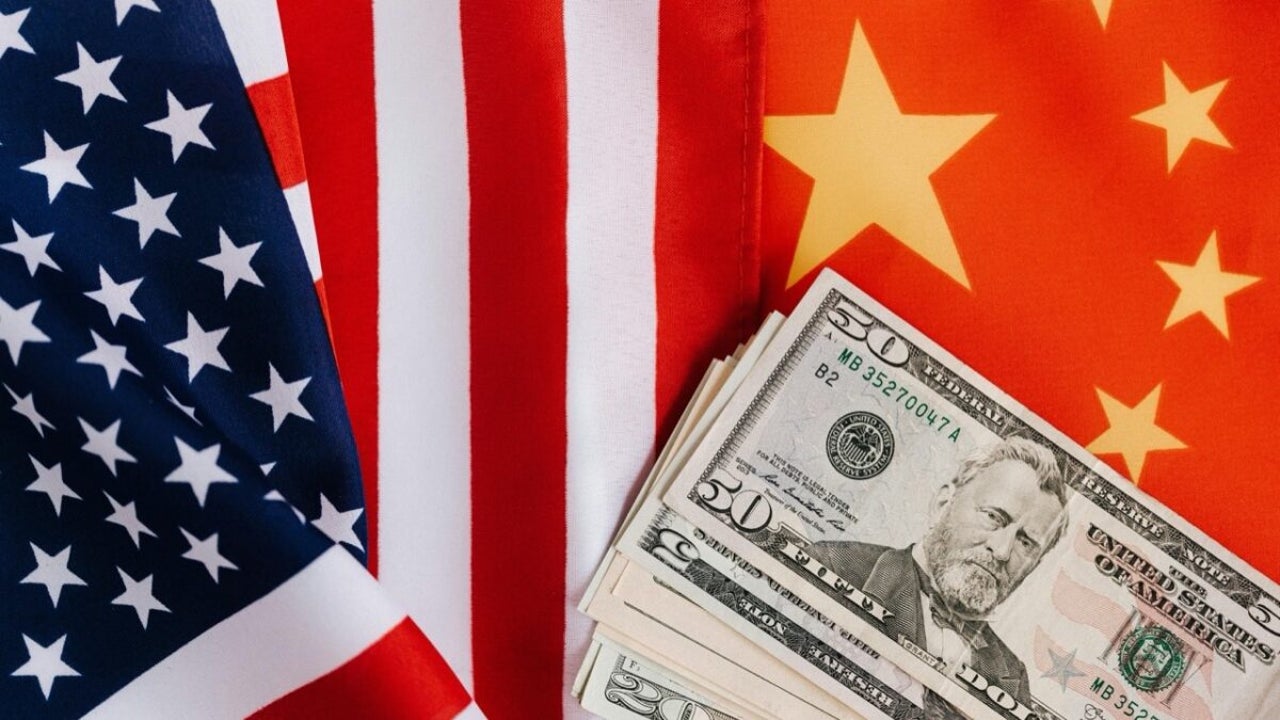News
China has responded: a 34% tariff on all U.S. goods – what does it mean?
China has imposed a 34% tariff on all U.S. goods, mirroring Trump's trade war strategy and raising fears of recession, global market shocks, and rising geopolitical tension.

- April 4, 2025
- Updated: April 4, 2025 at 12:23 PM

In a dramatic escalation of trade tensions, China has responded to the U.S. tariffs with its own 34% tax on American imports, mirroring the measures announced by Donald Trump. This latest round of tariffs signals a new phase in the global trade war, with consequences that could reverberate far beyond China and the United States.
A tit-for-tat strategy intensifies global tensions
China’s retaliatory tariffs come as a direct response to Trump’s so-called “reciprocal tariffs”, which impose up to 46% duties on countries like Vietnam, 32% on Taiwan, and 20% on the EU. But the real target appears to be Beijing. By matching the U.S. with a 34% tariff on all American imports, China is sending a clear message: it will not back down without a fight.
Economic aftershocks are already being felt
Markets reacted sharply. European stock indices tumbled, with Spain’s IBEX 35 dropping 5.5%, while U.S. tech giants—the “Magnificent Seven”—saw pre-market losses between 4% and 6%. The uncertainty triggered by these measures has led JPMorgan analysts to raise the probability of a U.S. recession to 60%, up from 40% before the announcement.
Beyond tariffs: controls and countermeasures
China has also tightened export regulations, targeting 16 U.S. companies involved in aerospace, surveillance, and military logistics. Simultaneously, it restricted rare earth exports—an essential component in many high-tech industries. These moves appear to be retaliation for American restrictions on Chinese firms like Huawei and DJI.
What comes next?
With the U.S. tariffs set to begin on April 9 and China’s on April 10, there’s a narrow window for negotiation. Yet, the tone from both sides suggests confrontation over compromise, with the EU and Canada also signaling their own responses.
Latest from Agencias
You may also like

Electric Bicycle Market Sees Hopeful Future with Juiced Bikes Acquisition
Read more

Chevy Bolt Evolves With Super Cruise But Retains Core Design
Read more

Kia Motors Sees Record Sales Start to 2025 Amid Rising SUV Demand
Read more

Chevrolet Equinox EV Named 2024 Breakthrough EV of the Year
Read more

Tesla Faces 43% Sales Drop in Europe Despite Growing EV Market
Read more

Free Streaming: These are the top hits on Tubi, Pluto TV and more
Read more